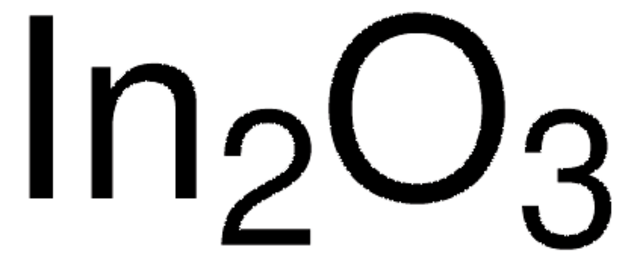735140
Fluorine doped tin oxide coated glass slide
L × W × thickness 50 mm × 50 mm × 2.2 mm, surface resistivity ~7 Ω/sq
Synonym(s):
TEC 7, FTO glass
About This Item
Recommended Products
description
Haze: 5%
composition
SnO2/F
packaging
set of 5
surface resistivity
~7 Ω/sq
L × W × thickness
50 mm × 50 mm × 2.2 mm
transmittance
80-82% (visible)
Looking for similar products? Visit Product Comparison Guide
Related Categories
General description
Application
- Procyanidin B2 is used as a reference standard: It is used for assessing the proanthocyanidin content in cranberries using 4-(Dimethylamino)cinnamaldehyde Assay. This standard helps in quantifying and characterizing the proanthocyanidin content in cranberries by providing a known benchmark for comparison. (Feliciano et al., 2012).
Storage Class Code
13 - Non Combustible Solids
WGK
WGK 2
Flash Point(F)
Not applicable
Flash Point(C)
Not applicable
Choose from one of the most recent versions:
Already Own This Product?
Find documentation for the products that you have recently purchased in the Document Library.
Customers Also Viewed
Articles
Organic photovoltaics (OPVs) represent a low-cost, lightweight, and scalable alternative to conventional solar cells. While significant progress has been made in the development of conventional bulk heterojunction cells, new approaches are required to achieve the performance and stability necessary to enable commercially successful OPVs.
A transparent conductive electrode (TCE) is an essential component of various optoelectronic devices such as solar cells, liquid-crystal displays (LCD), light-emitting diodes (LED), and touch screens.
Next generation solar cells have the potential to achieve conversion efficiencies beyond the Shockley-Queisser (S-Q) limit while also significantly lowering production costs.
Professor Chen (Nankai University, China) and his team explain the strategies behind their recent record-breaking organic solar cells, reaching a power conversion efficiency of 17.3%.
Our team of scientists has experience in all areas of research including Life Science, Material Science, Chemical Synthesis, Chromatography, Analytical and many others.
Contact Technical Service


